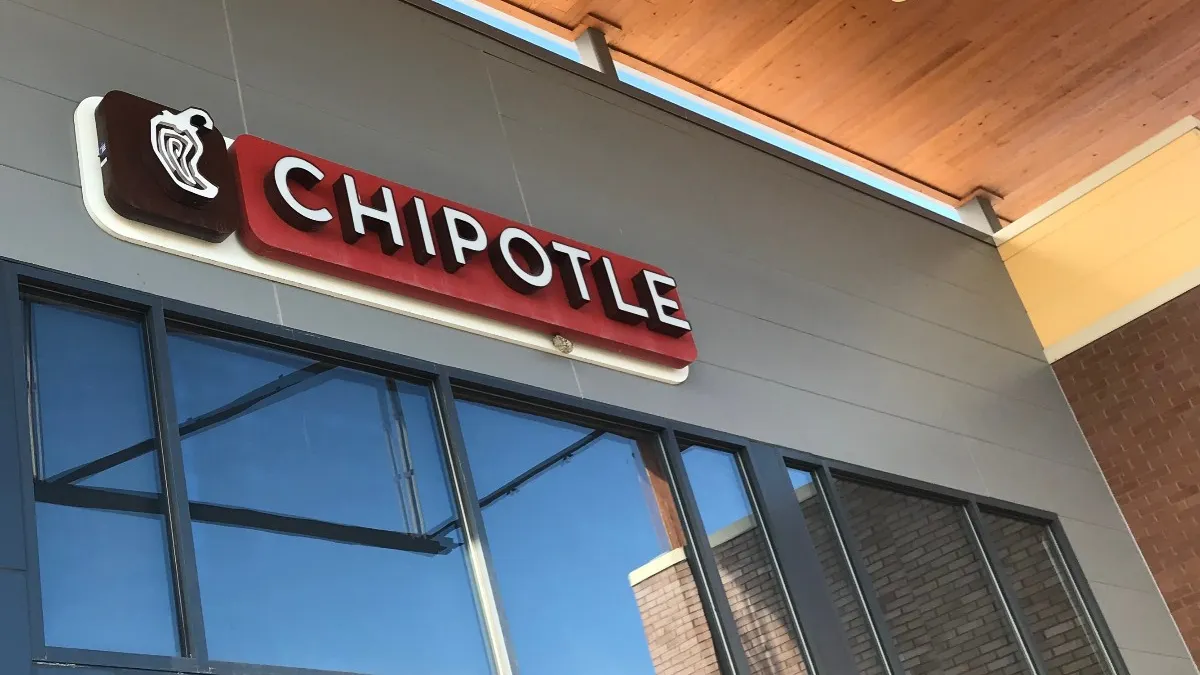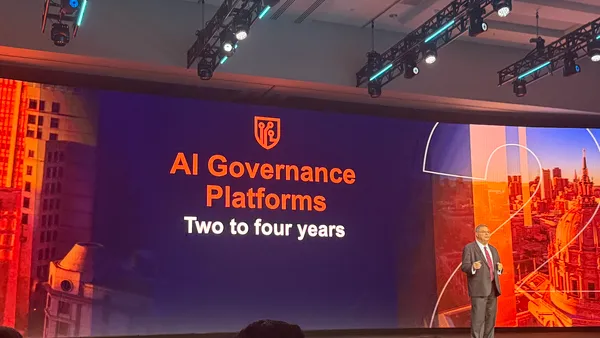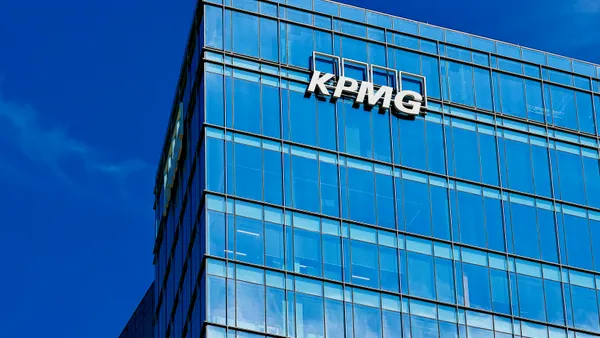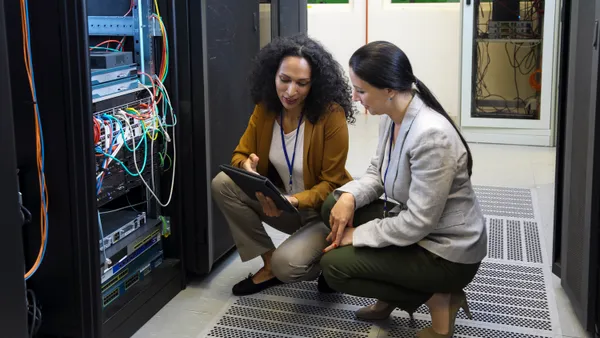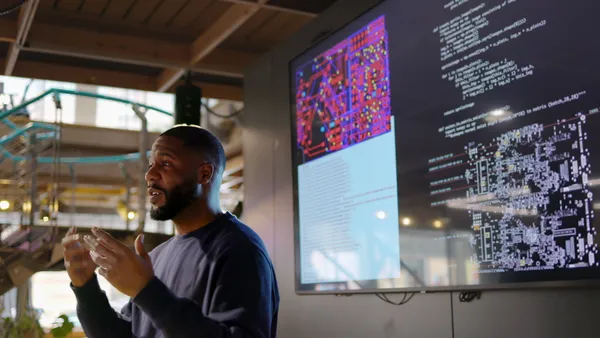When historic demand patterns became irrelevant after the pandemic kept consumers home, organizations looked to their tech leaders. In the restaurant industry, company units were pushed to collaborate, and quickly, to support digital sales.
The casual dining sector saw sales cratering 80% in March as lockdown orders came in effect. Industry focus shifted to digital sales, an area where Chipotle saw growth rates of over 200% according to its Q3 earnings call. In the response, digital systems came under pressure, and tech leaders were tasked with sustaining mission-critical platforms.
"On the consumer side, we needed to continue to make sure people were aware that there were access options for Chipotle beyond dining in the restaurant," said Curt Garner, CTO at Chipotle.
The company leaned heavily on its drive-thru offering, named Chipotlanes, to capitalize on consumers seeking a more contactless avenue for product delivery. The company plans to finish the year with 150 to 165 new Chipotlanes built.
In upholding the company's technology through the pandemic, Garner points to collaboration as his most utilized leadership skill.
"Not just in the technology sense, but in the sense of understanding that every operating unit and every support unit in the company was and is going through its own transformation," said Garner. "That transformation is changing, not only how they work, but the inputs that they need to be successful in their work."
On Wednesday, the company doubled down on the digital component of its strategy by announcing the opening of its first Chipotle Digital Kitchen, a location concept devoted exclusively to pick-up and delivery orders.
Tech leadership is expected to come closer to the business side, more directly upholding business initiatives than in years past. In the next four years, one-quarter of CIOs at traditional large enterprises will be accountable for digital business results, according to a Gartner prediction.
It's a shift years in the making, which has erected a profile of a CIO who's knowledgeable of business metrics and strategies, who comprehends business operations and can see clearly where technology fits.
"As a technologist, you can't necessarily be the expert on all of the different functions and operating teams," Garner said. "It's about understanding, in-depth, where they're coming from and what their issues are."
Then, tech organizations can draw a connection between the arsenal of capabilities a business has on hand or what it can acquire in order to support business goals. For Chipotle, that means reliability in systems powering digital sales, with the cloud playing an essential role in adjusting to changes in demand.
CIOs with business goals in mind can embrace emerging technologies as part of their transformation roadmap, a strategy likely to boost the company bottom line, according to Forrester. But no matter the technology stack, leadership needs to be able to execute on projects alongside the rest of the C-suite.
"We've got a very collaborative, partnering leadership team that was connected with each other and has been connected with each other through every step of this," said Garner. "In many ways I think of the technologist's role as being air traffic control and figuring out how we land the planes, if you will, for all of the capabilities that we're layering in."



